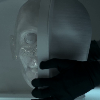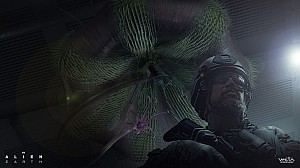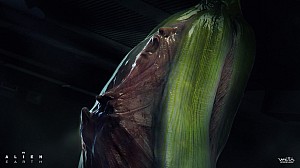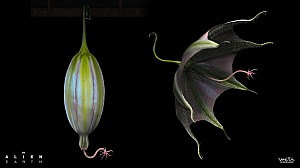Fact is we already know Zeta 2 Reticuli has planets.
Prometheus Forum Topic

Ghost Solitare
MemberOvomorphMar 22, 20123082 Views10 RepliesOn the 20th of September, 1996, a planet was discovered orbiting the star Zeta 2 Reticuli which is a G1V similar to Earths Sol.Zeta 2 Retituli is a G1V spectral class star, the Sun is a G2V. They are both “G” class main sequence stars, the difference between the “2” and the “1” indicates that Zeta 2 Reticuli is a little hotter than the Sun. The higher the middle number the lower the temperature. The “V” means they are both main sequence (middle age) stars but given Zeta 2 Reticuli’s higher temperature, and lower metallicity, it is probably older than the Sun by appoximately 2 to 8 billion years. Those crazy engineers are like interstellar Energizer batteries kids.
Now this big quarter of a Jupiter mass planet is in an orbit about Zeta 2 Reticuli which lasts 18.9 days and has a Semi-Major Axis of 0.14 Astronomical Unit (AU). For comparison Mercury has a Semi-Major Axis of 0.387 AU equal to 36 million miles and Earth has a Semi-Major Axis of 1.00 AU equal to 92.9 million miles. Now if we assume that this newly discovered planet, which we will name Reticulum 1 in accordance with Bob Lazar’s convention, is the closest one to Zeta 2 Reticuli (it’s hard to imagine a closer one), then following Bode’s Law (the law which states each planet is about twice the distance from it’s sun as its inner neighbor) Reticulum 2 should be at 0.28 AU, Reticulum 3 should be at 0.56 AU and, INTERESTINGLY, Reticulum 4 would be at 1.12 AU in between the Earth’s 1.00 AU and Mars’s 1.52 AU, well within the “life-zone” of a G class star! Now for the strange part, four days after announcing the discovery of this new planet, the statement was retracted, and the explanation given was that it was a distortion caused by irregular pulsations of the star.
Replies to Fact is we already know Zeta 2 Reticuli has planets.
Hey Guest, want to add your say?
Are you an avid Alien fan looking for a dedicated online community of likeminded fans? Look no further! Create your own profile today and take part in our forums and gain XP points for all the content you post!












